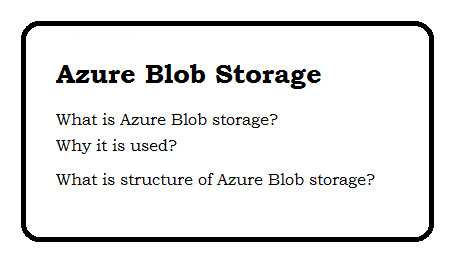Queston: What is Web Server?
A Web server is a program that uses HTTP to serve the data in form Web pages to users.
When client (like browser OR App), hit an http URL (like http://www.web-technology-experts-notes.in/2016/08/what-is-rtmp-rtmpt-rtmpe-rtmpte-and-rtmps-protocol.html), An request goes to Web Server (domain's server), Web server execute the request and return the data.
Note: Dedicated computers and appliances may be referred to as Web servers as well.
Queston: Giv example of Web Server?
A computer can be converted to web server, for this they need to connect to the internet install the web server software.
Following are web server software.
- Apache HTTP Server
- Microsoft Internet Information Services (IIS)
- Apache Tomcat
- Nginx
- Oracle iPlanet Web Server
- Lighttpd
- Mobile Web Server
- Mongoose (web server)
- Jetty
- Wamp Server
- Boa web server
- CERN httpd
- Gunicorn
- Kloxo-MR
- Roxen
- AOLserver
- Tornado (web server)
- Adobe JRun
- Hiawatha (web server)
- enhydra
- WEBrick
Question: What is the difference between web server and application server?
-
Web Server is a server that serves content to the web using http/https protocol.
Application server you can write the business login and It can also be work like web server.
- Web Server is used for serve the content whereas application server is used for hosts and exposes business logic and processes.
Question: Why port 80 for web services?
Hypertext Transfer Protocol, port 80 is the port (default port) that the server "listens to" or expects to receive from a Web client.
A port can be specified in the range from 0-65536 on the NCSA server.
However, the server administrator configures the server so that only one port number can be recognized.
Question: What is default port for https?
443
Question: What are the different ports used in Web Development?
- 20 FTP (File Transfer Protocol)
- 21 SFTP (Secure File Transfer Protocol)
- 22 Secure Shell (SSH) Connection
- 23 Shell connection like ssh but its not reliable.
- 25 Simple Mail Transfer Protocol (SMTP)
- 50 Hypertext Transfer Protocol (HTTP)
- 110 Post Office Protocol (POP)
- 143 Internet Message Access Protocol (IMAP)
- 443 Hypertext Transfer Protocol over SSL/TLS (HTTPS)
- 989 FTP over TLS/SSL

